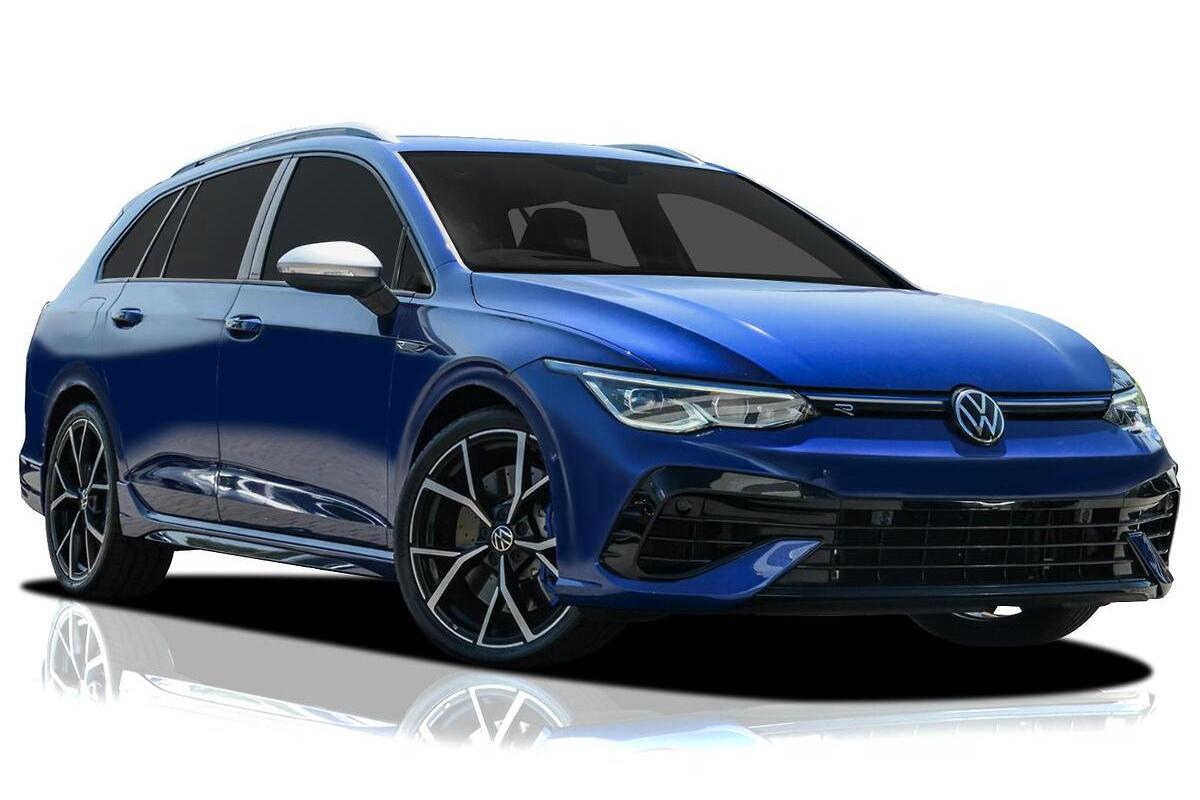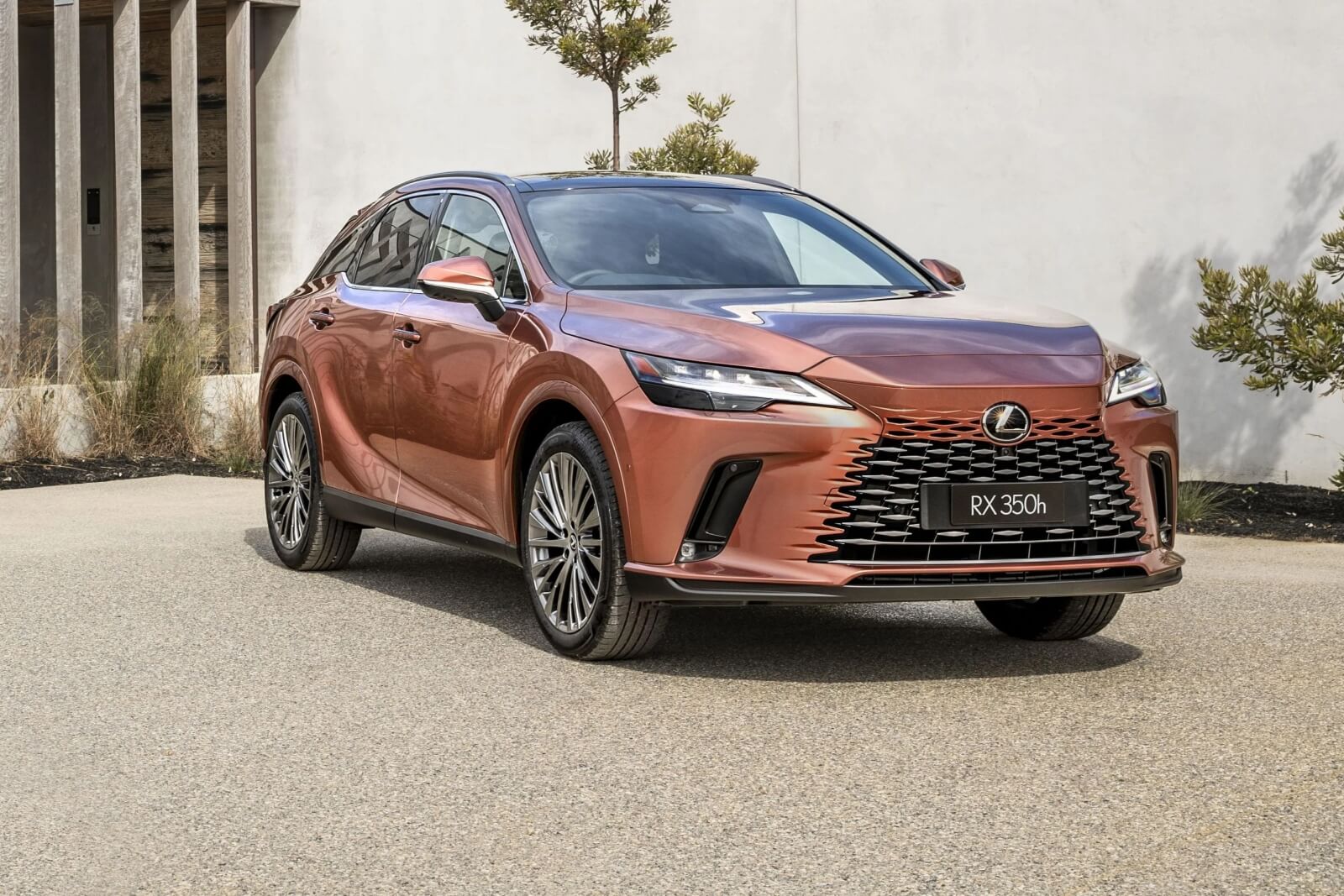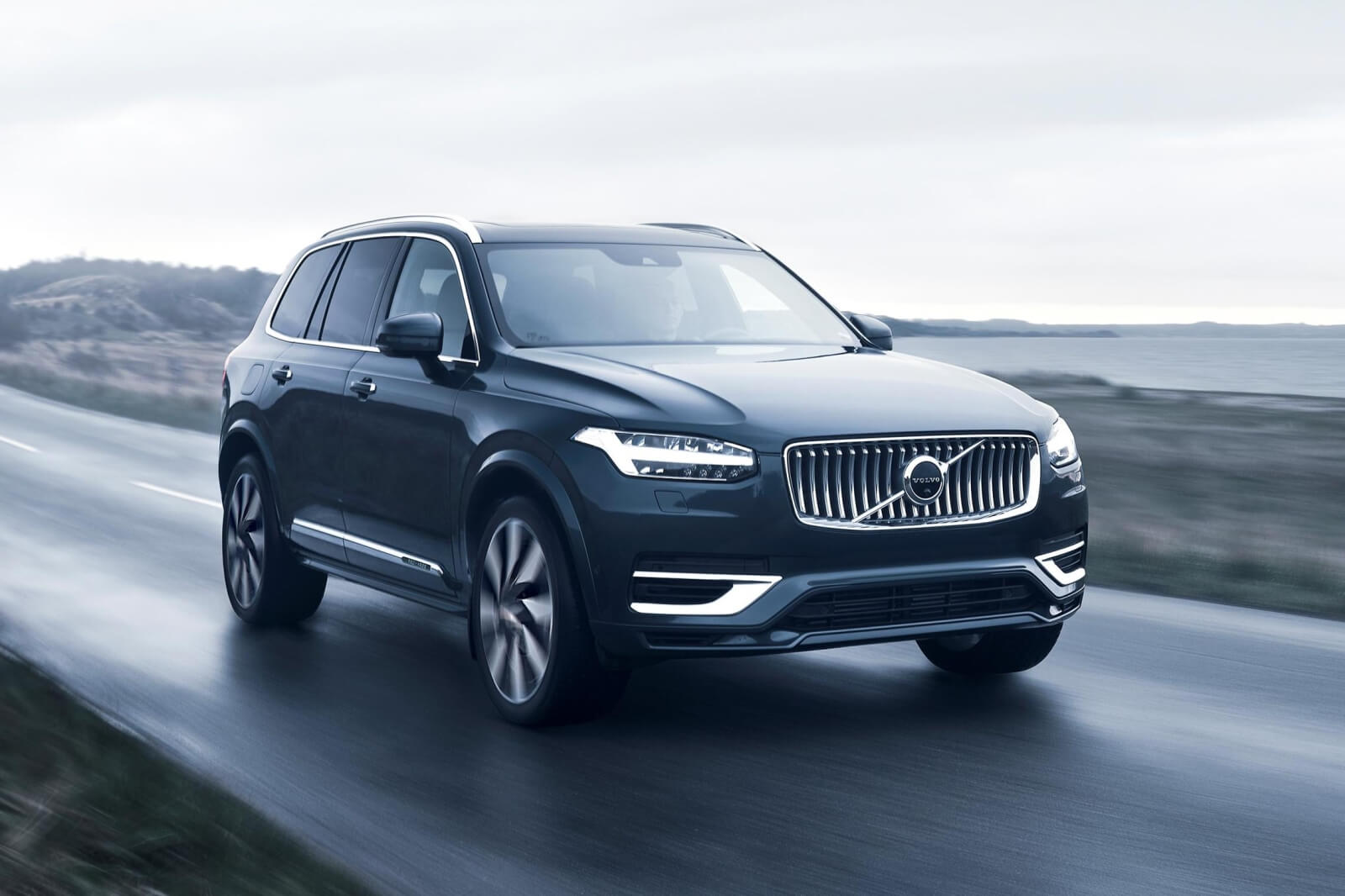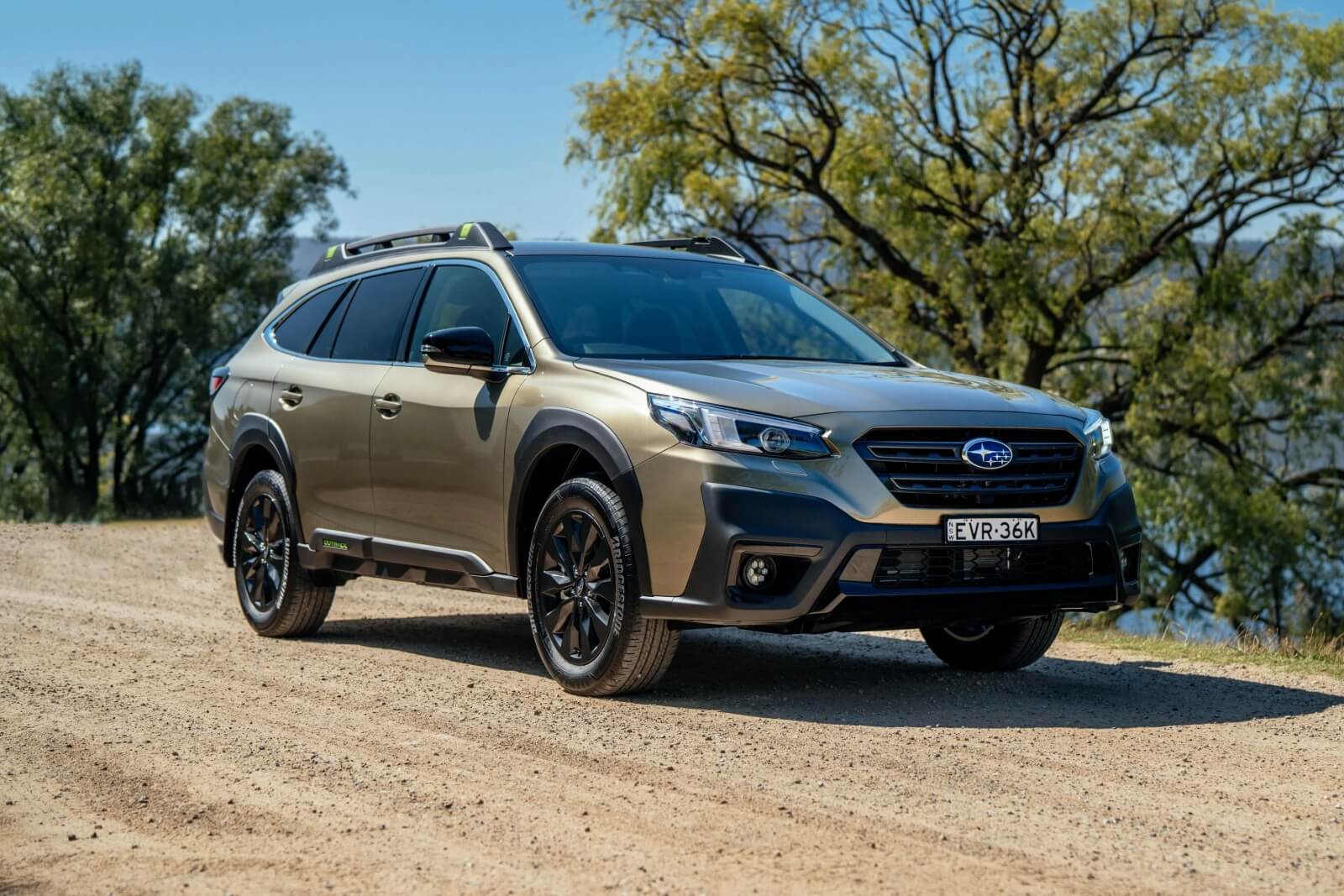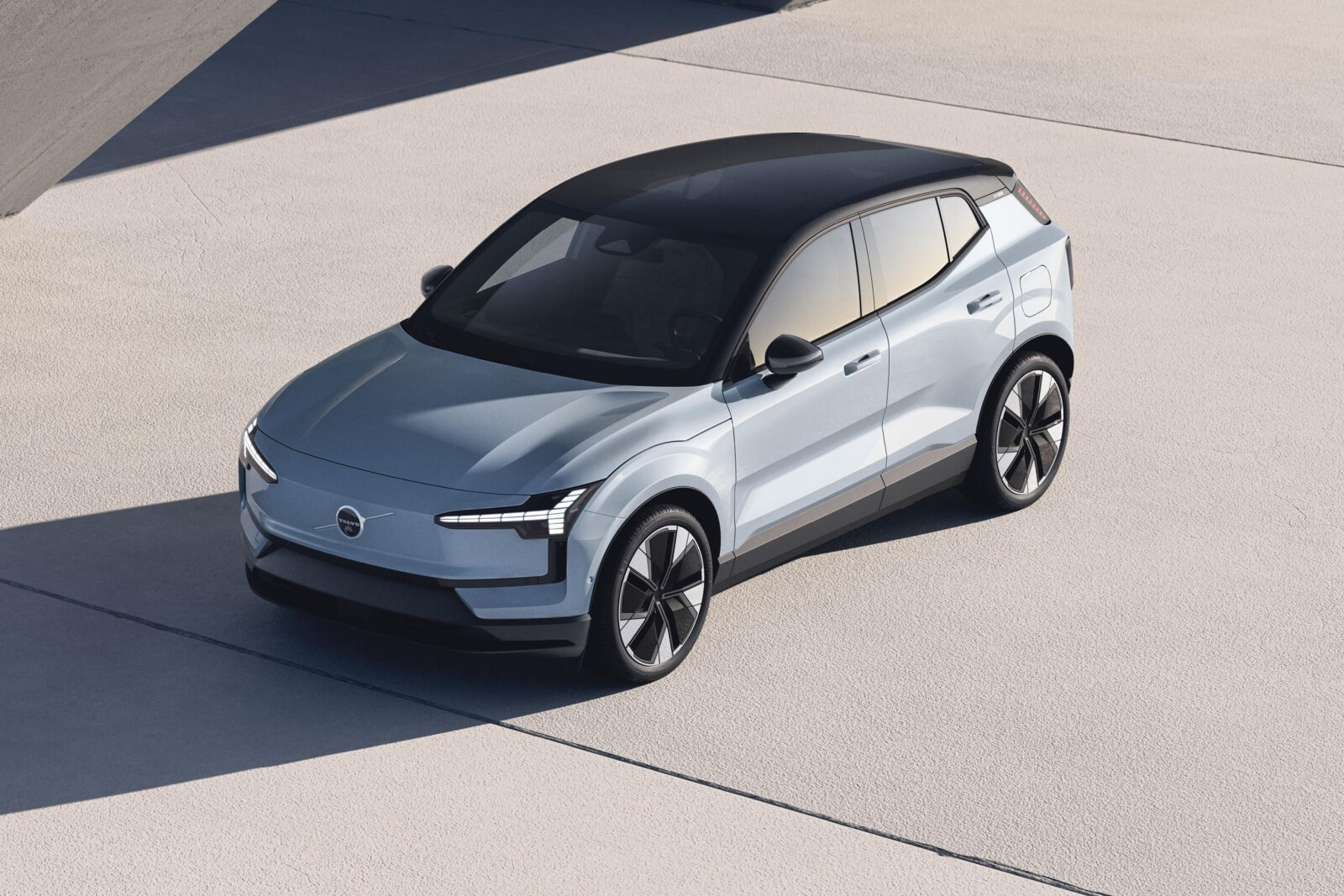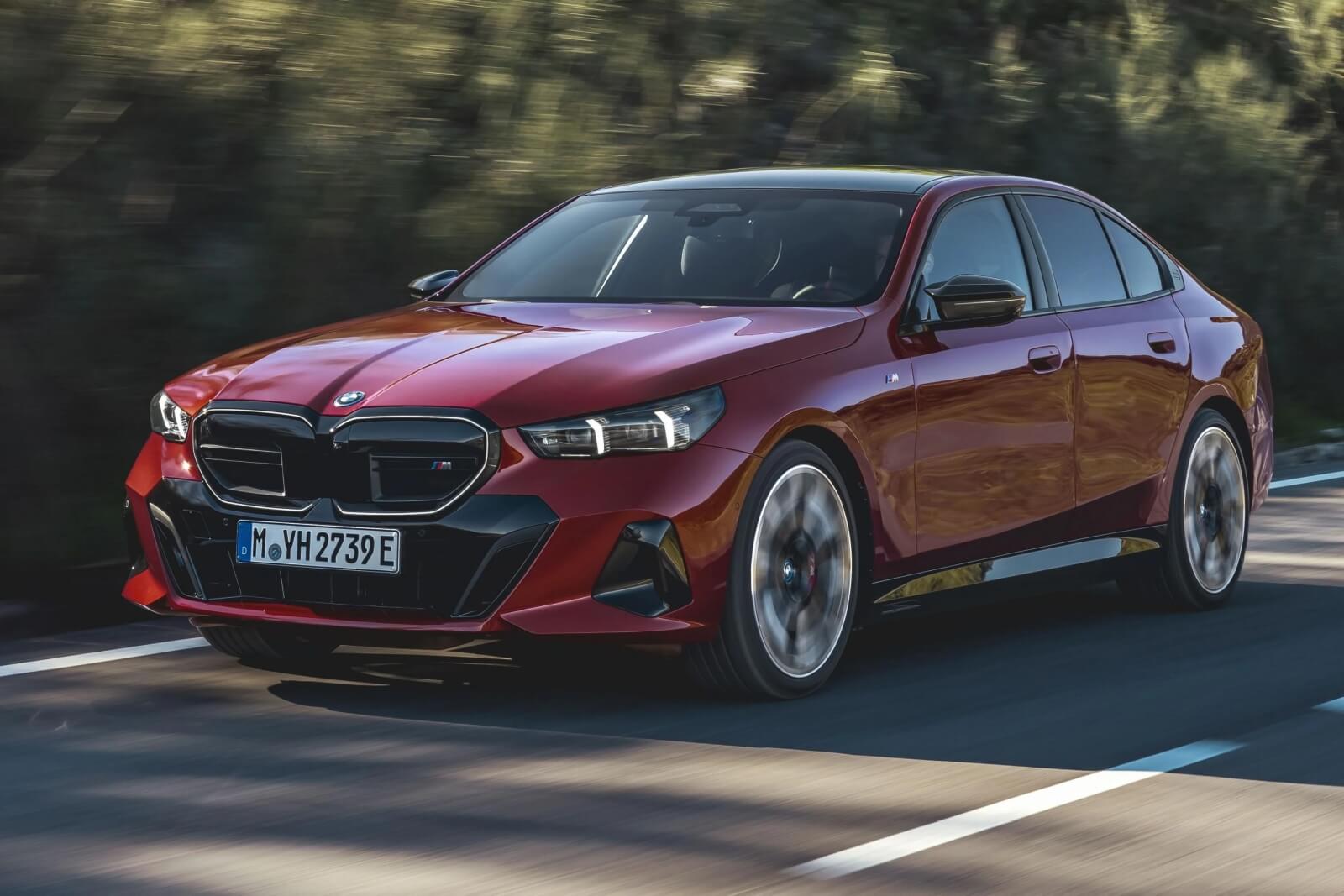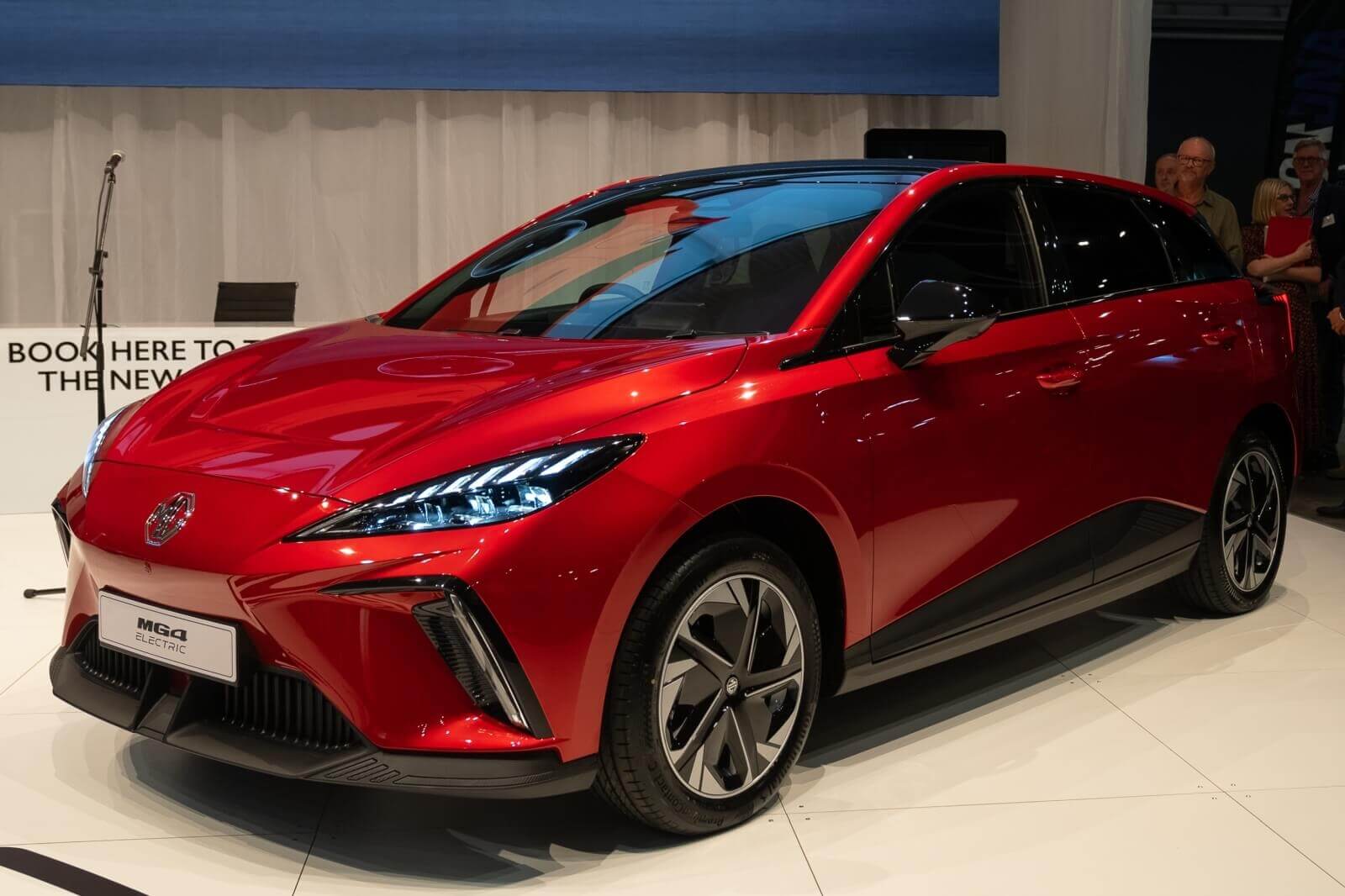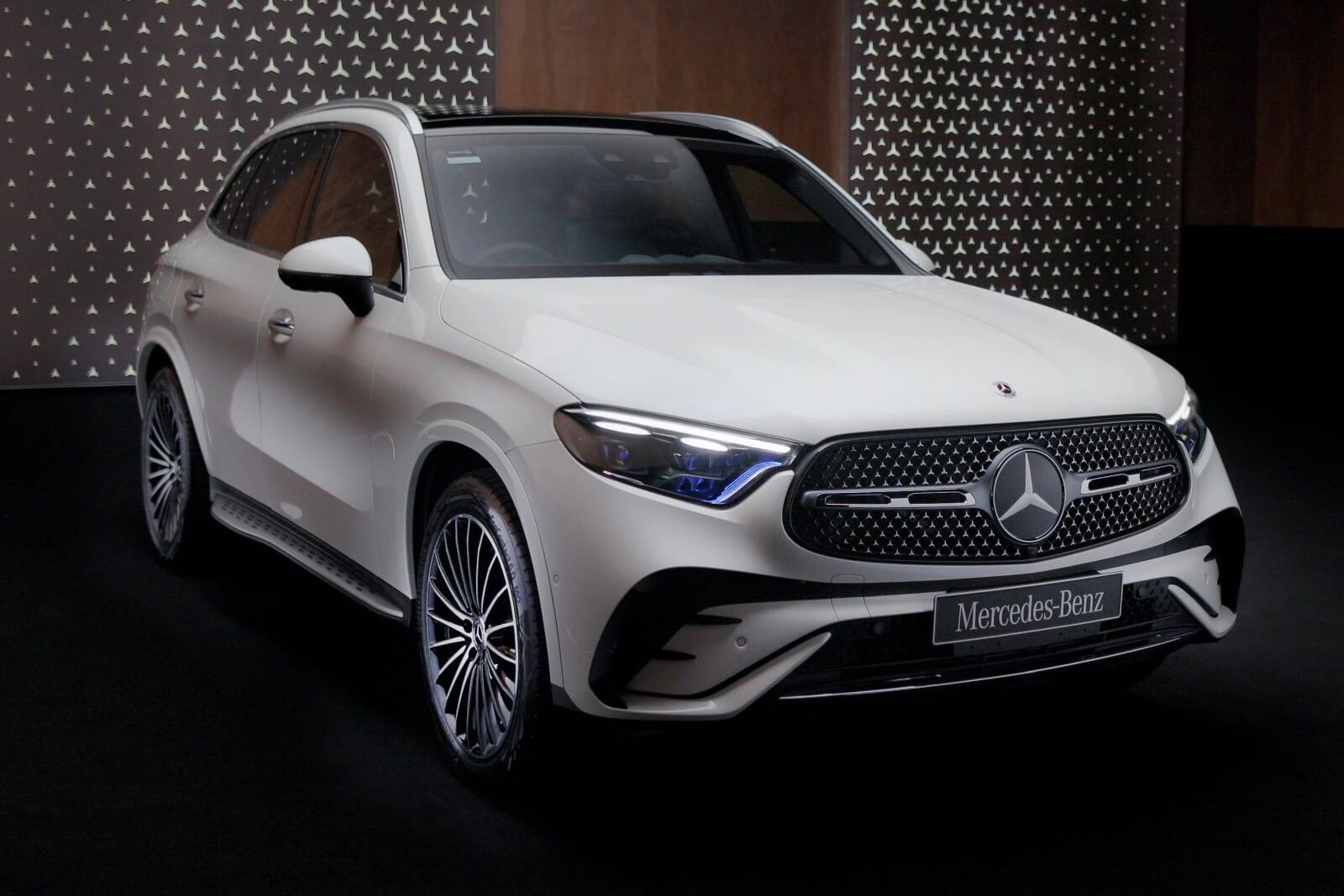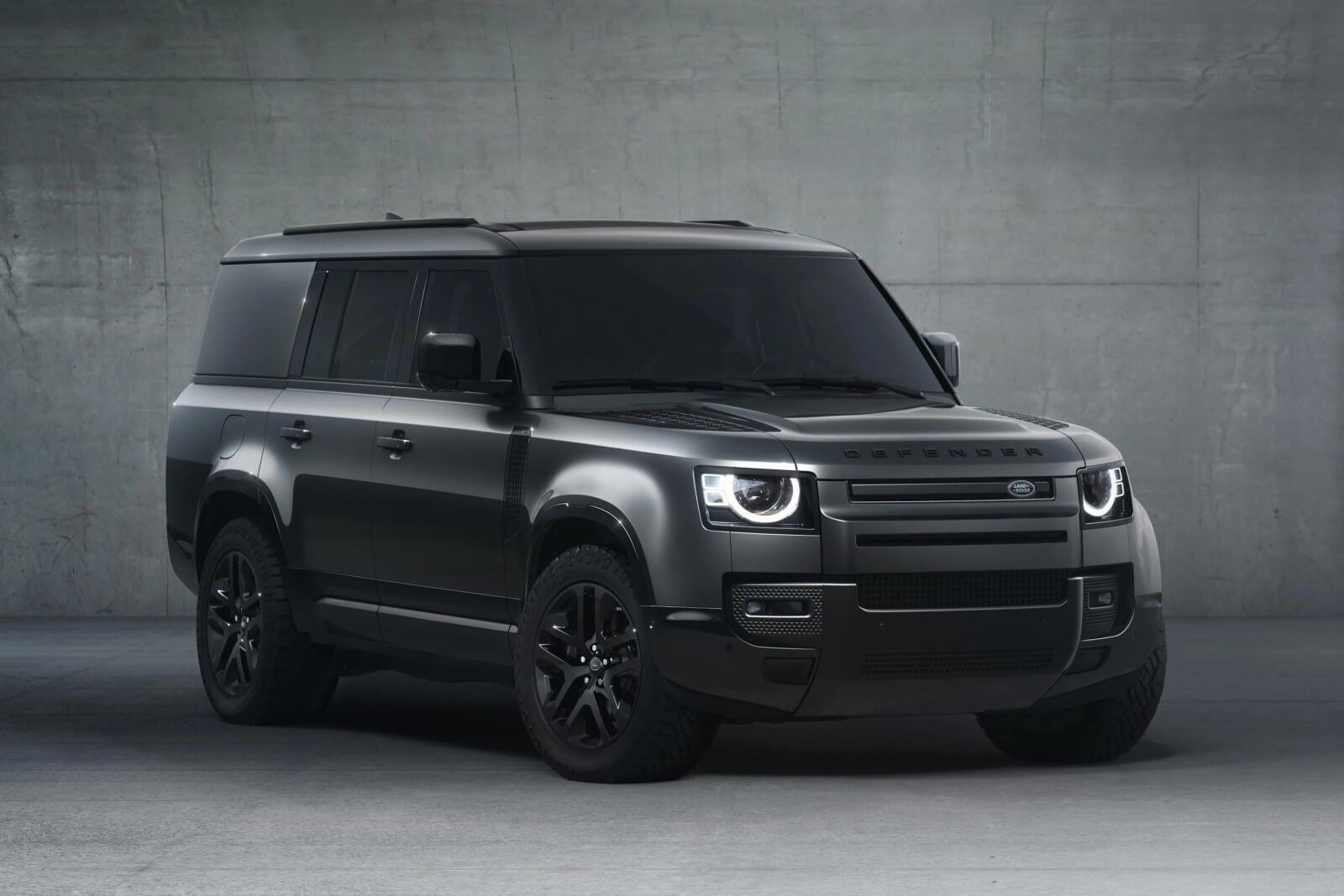The second-generation Golf R Wagon undoubtedly boasts improved speed and enhanced practicality, making it an enticing choice. However, it is important to consider the significant increase in price and the somewhat uninspiring cabin aesthetics. The questio
Pros
- Fun engine and gear setup
- Great control and grip
- Cozy seats
- Big boot
Cons
- Interior could be better
- Complicated entertainment system
- Pricey compared to similar cars
- Few choices for colors and styles
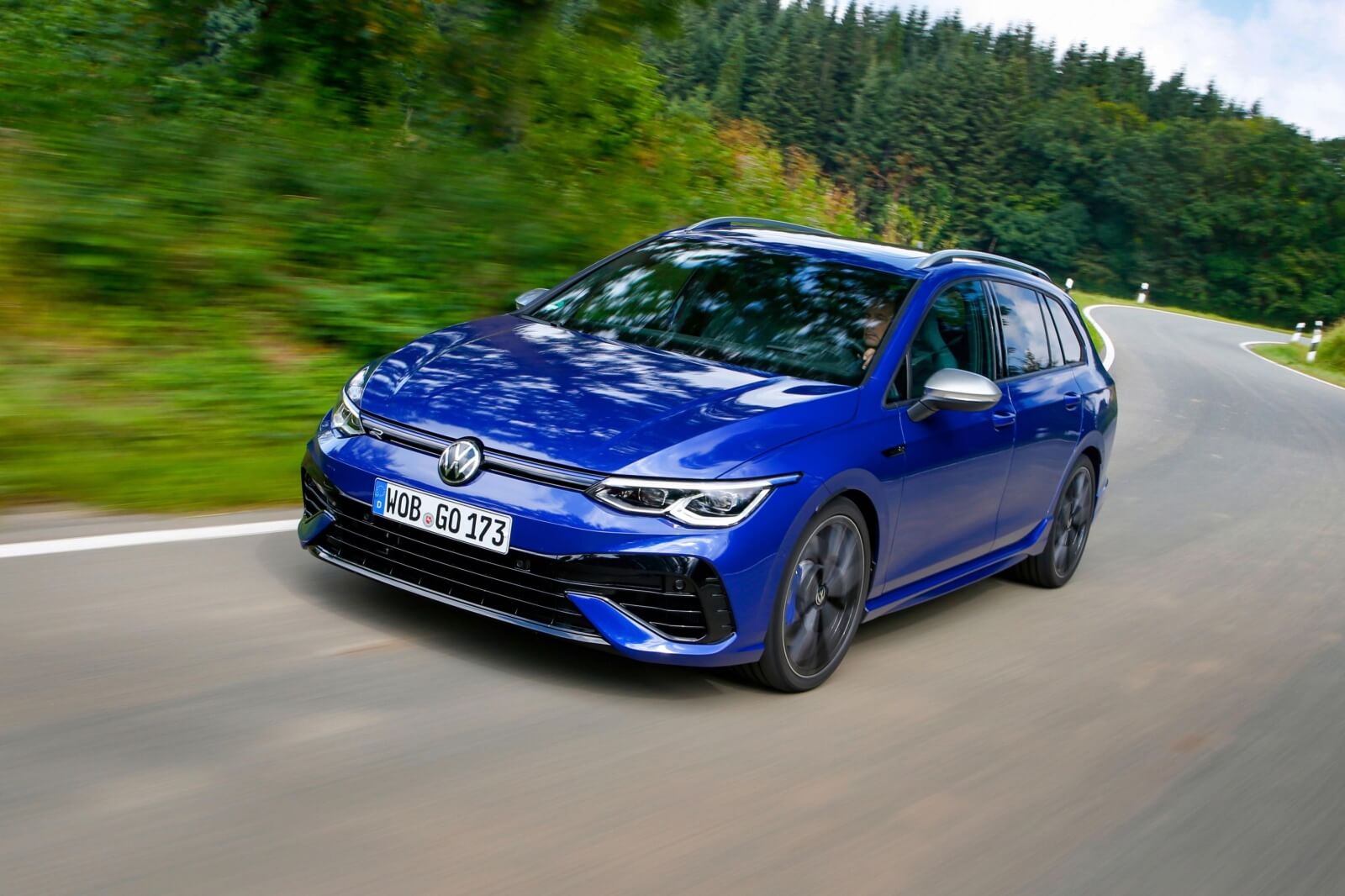
Subtlety in the automotive world often refers to delivering high-performance capabilities without drawing much attention or being excessively flashy. Hot hatches, like the 2022 Volkswagen Golf R, typically aren't subtle. They announce their presence with loud noises and conspicuous aesthetics, such as a flamboyant rear wing that underlines the car's performance credentials.
However, not all drivers seek this 'look-at-me' approach. Some prefer a quieter presence that only showcases its performance capabilities when required. For those drivers, and there are many, the 2022 Volkswagen Golf R Wagon could be the perfect fit.
The Golf R has firmly positioned itself as the more powerful sibling to the iconic Volkswagen Golf GTI. It takes the concept of a 'hot' hatch to a whole new level, delivering performance the Golf GTI can only aspire to. The Golf R Wagon matches the hatchback variant in terms of equipment and performance but does so in a more understated fashion.
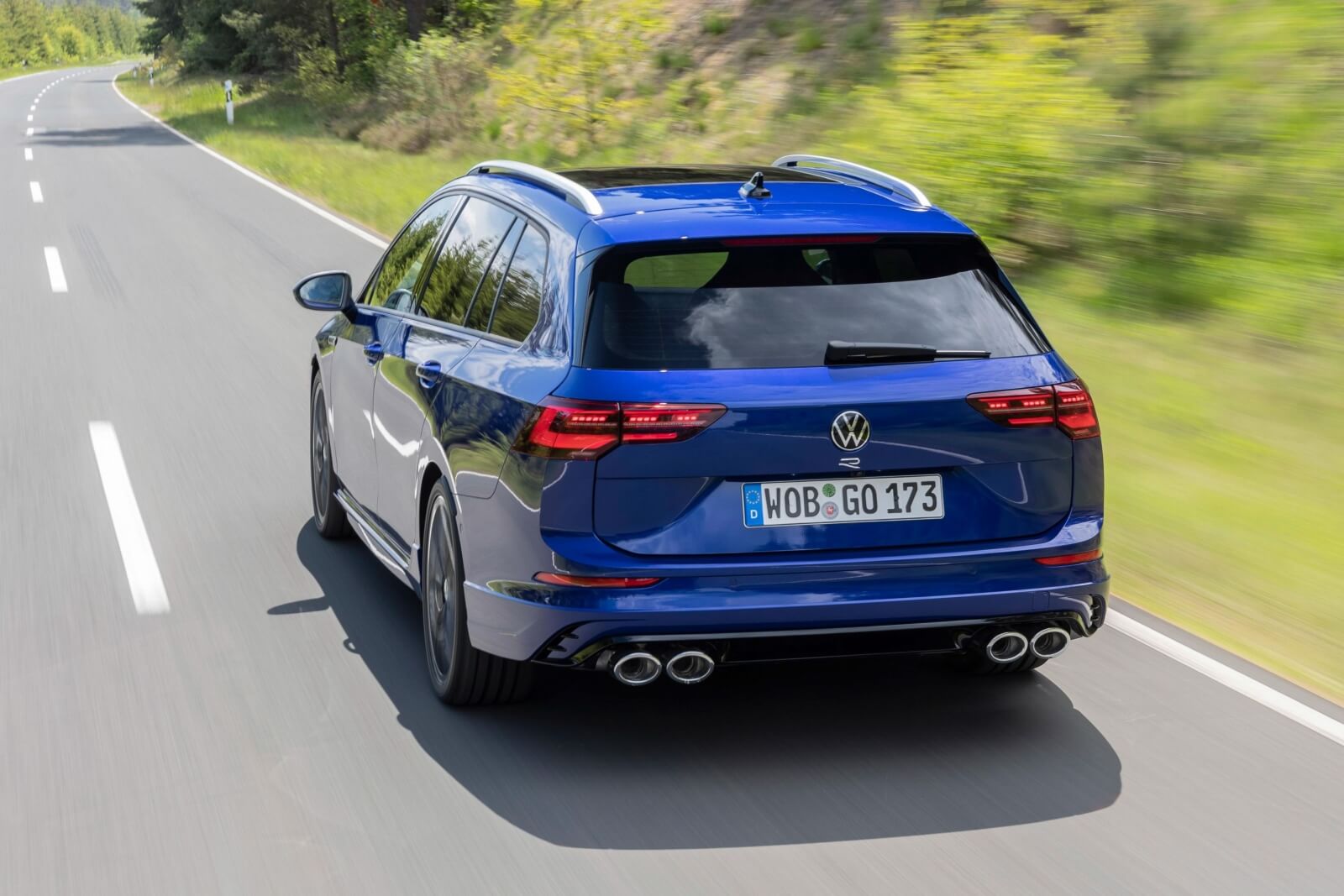
However, this combination of subtlety and performance comes with a cost. The Golf R Wagon is priced at $69,990 plus on-road costs, $3000 more than its hatchback counterpart. Its rivals in the performance wagon market are scarce.
Potential buyers could consider alternatives like the Skoda Octavia RS Wagon, priced at a more competitive $57,490 drive-away, although its 2.0-litre turbocharged engine doesn't quite match the power of the Golf R's.
The new Subaru WRX tS Wagon offers all-wheel drive for its $58,990 plus on-road costs, but also falls short of the Golf R’s performance. A slightly warmer contender could be the BMW 330i M Sport Wagon at $83,900 plus on-road costs, which comes close to the Golf R's performance. However, considering the balance of cost and performance, the Golf R Wagon stands out.
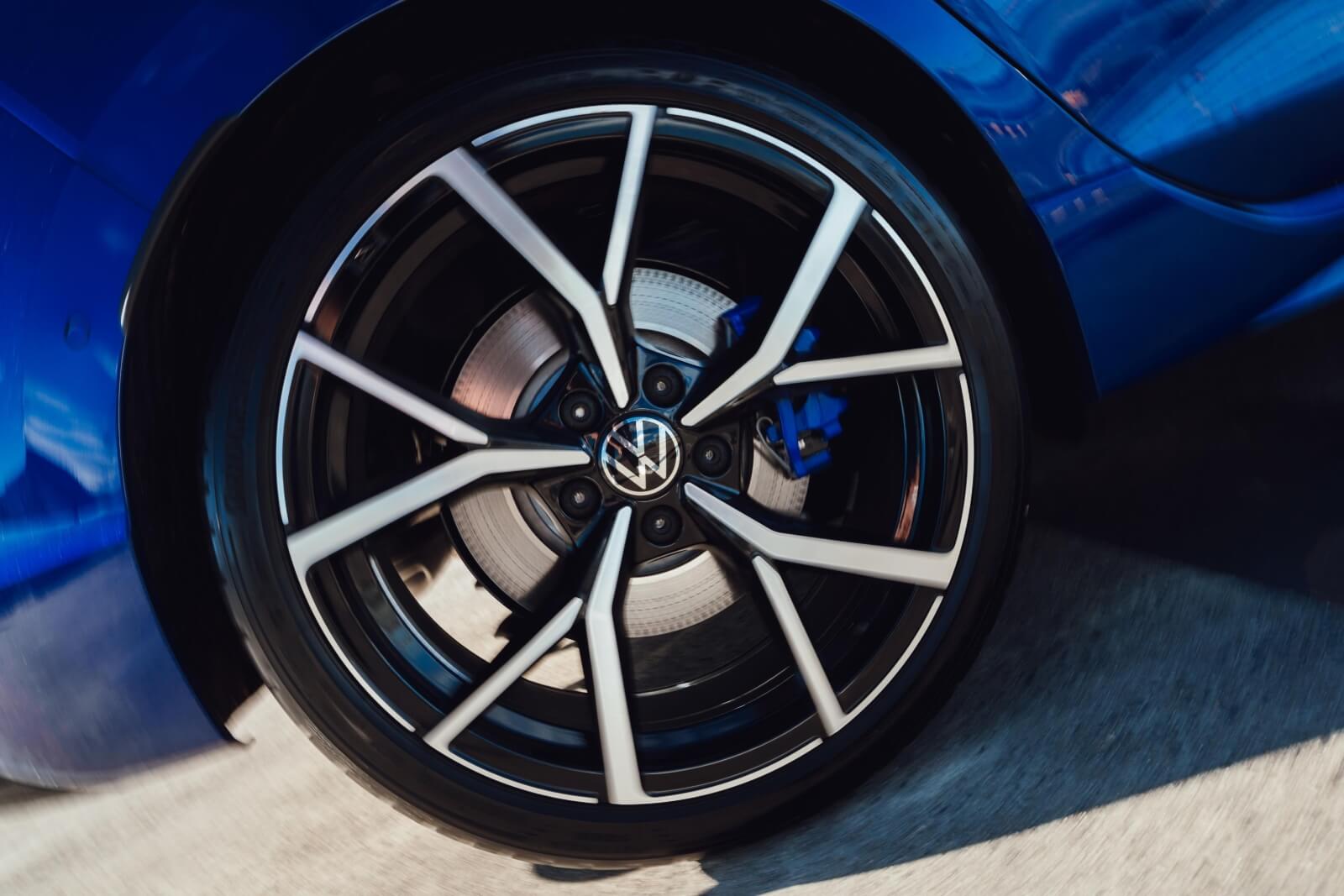
Despite its higher price tag, it seems like a good value considering its sophistication - provided you can get your hands on one. Golf Rs are notably hard to come by due to high demand and long wait times, with specific component shortages affecting deliveries in early 2023.
All the qualities that make the Golf R hatch an enticing proposition, such as its performance and practicality, are also true for the wagon variant. This makes the wagon even more appealing, given its additional practicality while being only 80kg heavier than the hatchback version.
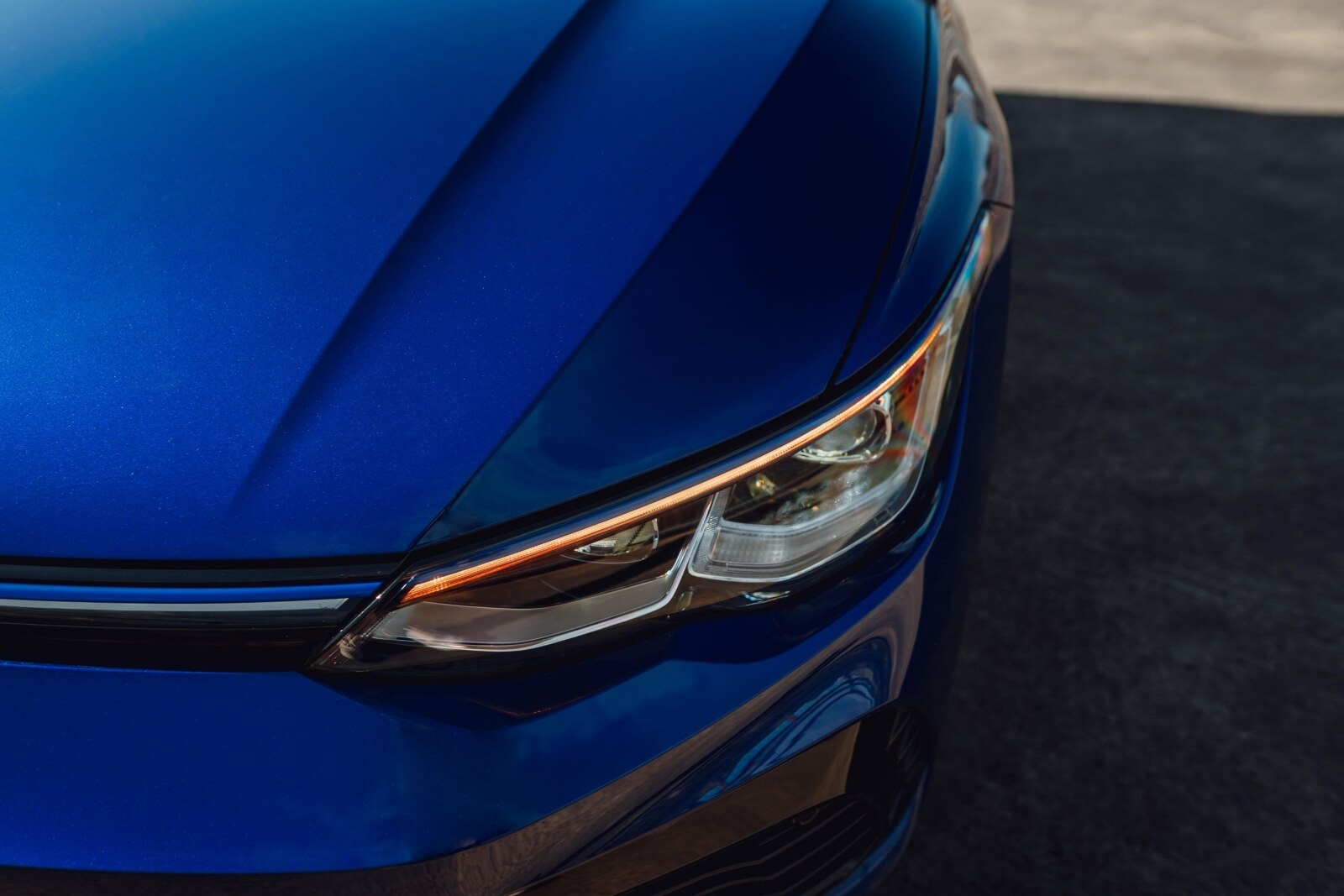
What are the prices for the Volkswagen Golf R Wagon?
Starting at a price point of $68,990 before adding any road-related expenses, the latest Mk8 Golf R Wagon asks for a $3000 upcharge over its Golf R hatch sibling, as well as matching the Tiguan R SUV's cost. The specimen we reviewed was equipped with the harman/kardon premium audio upgrade, costing an extra $1000, which pushed our test model's price to $69,990 before on-roads. If you factor in the drive-away pricing for a Melbourne postcode, the figure comes in just shy of $79,000.
The new pricing is a noticeable uptick from the previous model, which was last on sale in 2020 at a sticker price of $57,990 plus on-roads. The updated pricing translates to a $11,000 increase before on-road costs, and this increase further swells when you consider the drive-away pricing.
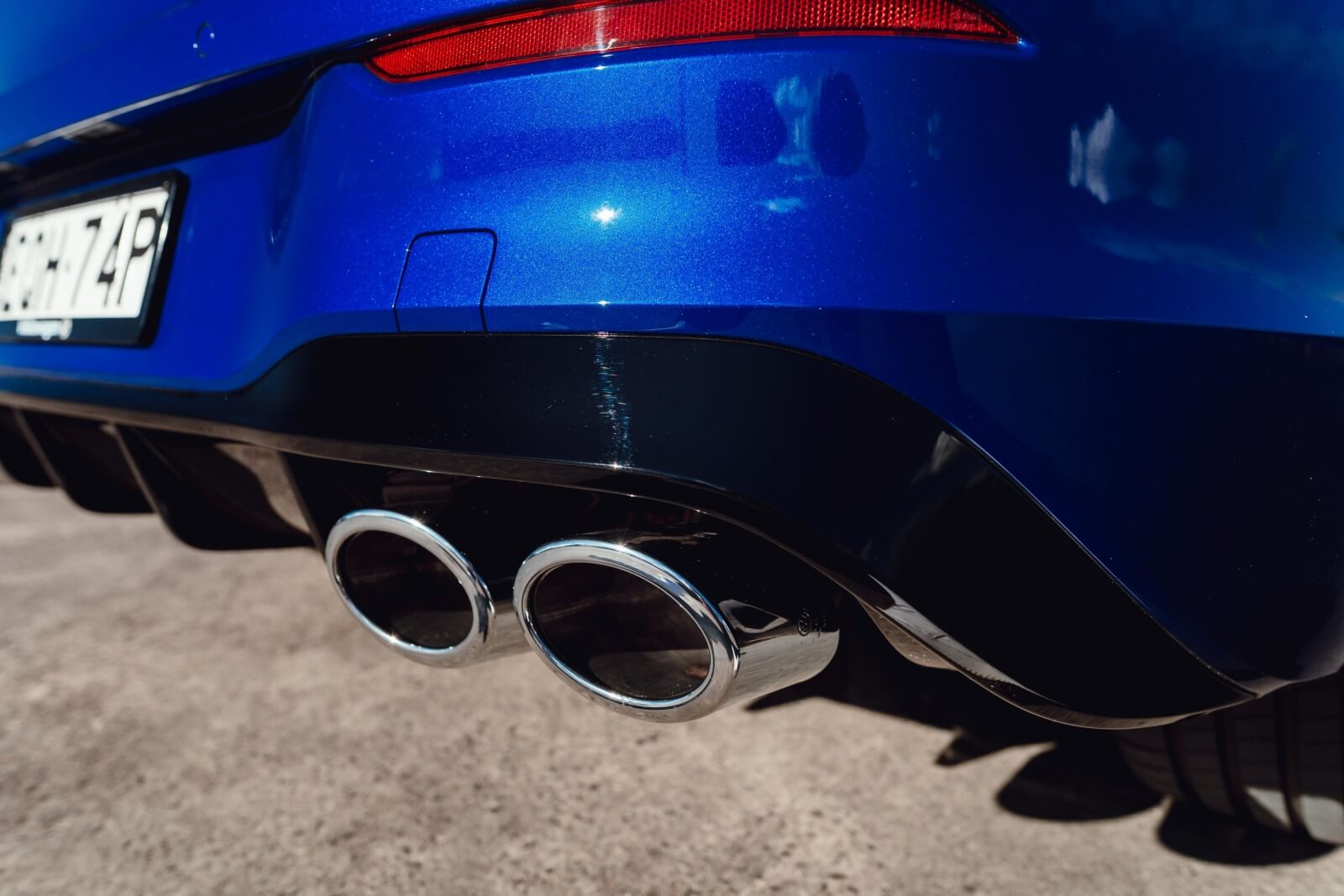
However, the price hike isn't without added value. The revamped Golf Wagon has expanded dimensions and is equipped with more tech than its predecessor. Additionally, the new Golf R sees a power boost, and the wagon model specifically gets the comprehensive European engine configuration, inclusive of a petrol particulate filter (PPF) - a first for Australia.
We'll delve into the new features and enhanced engine specifications later, but it's clear from the outset that the Mk8 Golf R series represents a substantial financial investment.
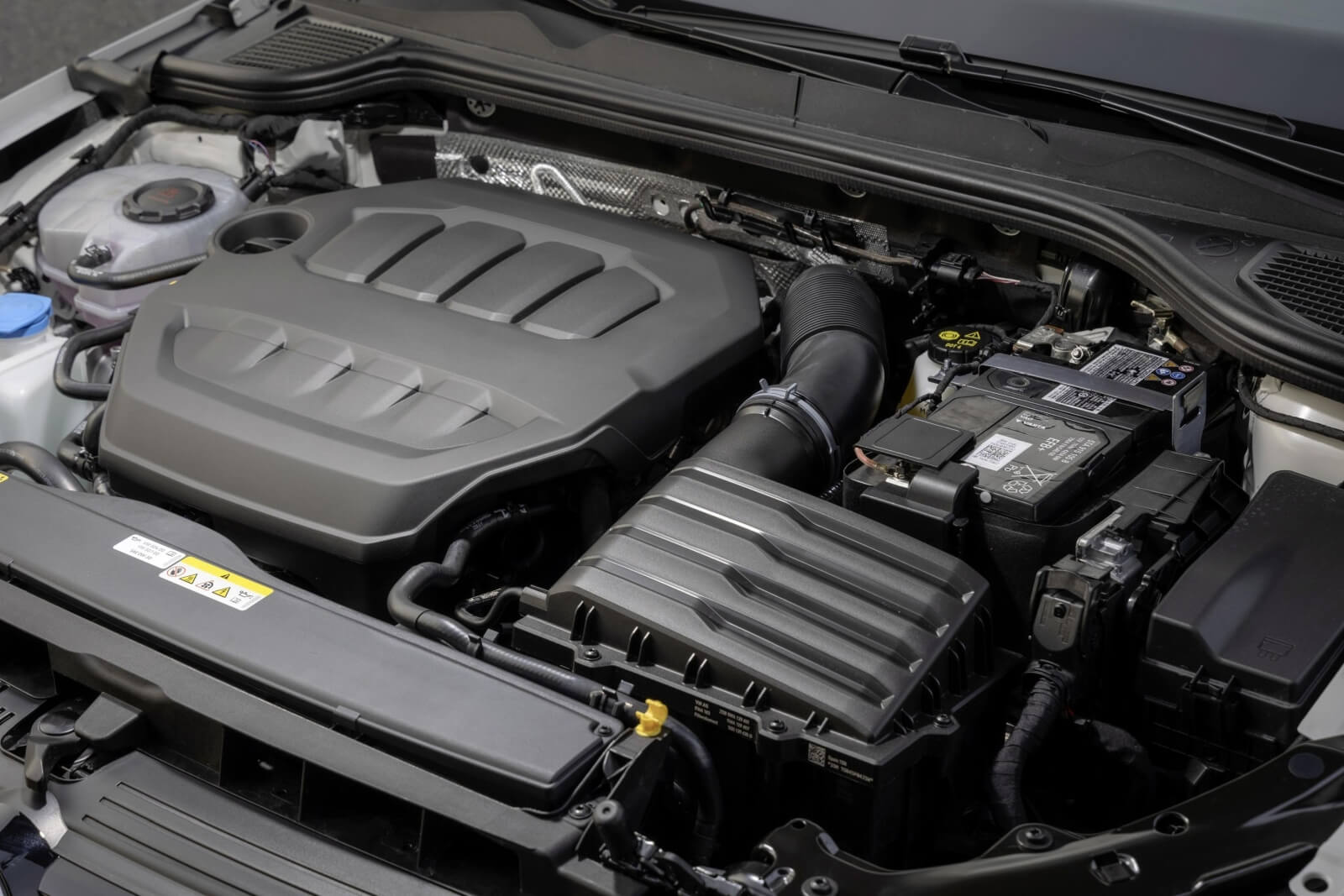
What’s under the bonnet?
The Golf R hatch and Tiguan R sport a 400Nm variant of the EA888 2.0-litre turbo four, sans a PPF. However, the Golf R Wagon incorporates the European-grade powertrain, complete with a PPF in the exhaust. As a result, the 2.0 TSI outputs a hefty 235kW (5200-6000rpm) and 420Nm (2000-5500rpm). The power is directed to a 4Motion on-demand all-wheel drive system via a seven-speed DSG dual-clutch automatic transmission.
Volkswagen states the new Golf R Wagon accelerates from 0-100km/h in 4.9 seconds - just 0.1s behind the Australian-grade Golf R hatchback and 0.2s faster than the Tiguan R. The PPF-integrated 420Nm engine is expected to debut in the Golf R and Tiguan R soon.

Due to its advanced exhaust treatment system, the Golf R Wagon boasts greater fuel efficiency than its hatchback counterpart, with a claimed combined fuel consumption of 7.4L/100km compared to the hatchback's 7.8L/100km. The R Wagon, equipped with PPF, also emits less CO2, recording 168g/km against the hatchback's 177g/km.
It requires premium 98 RON unleaded fuel, and it carries a fuel tank with a 55L capacity, the same as the hatchback version.
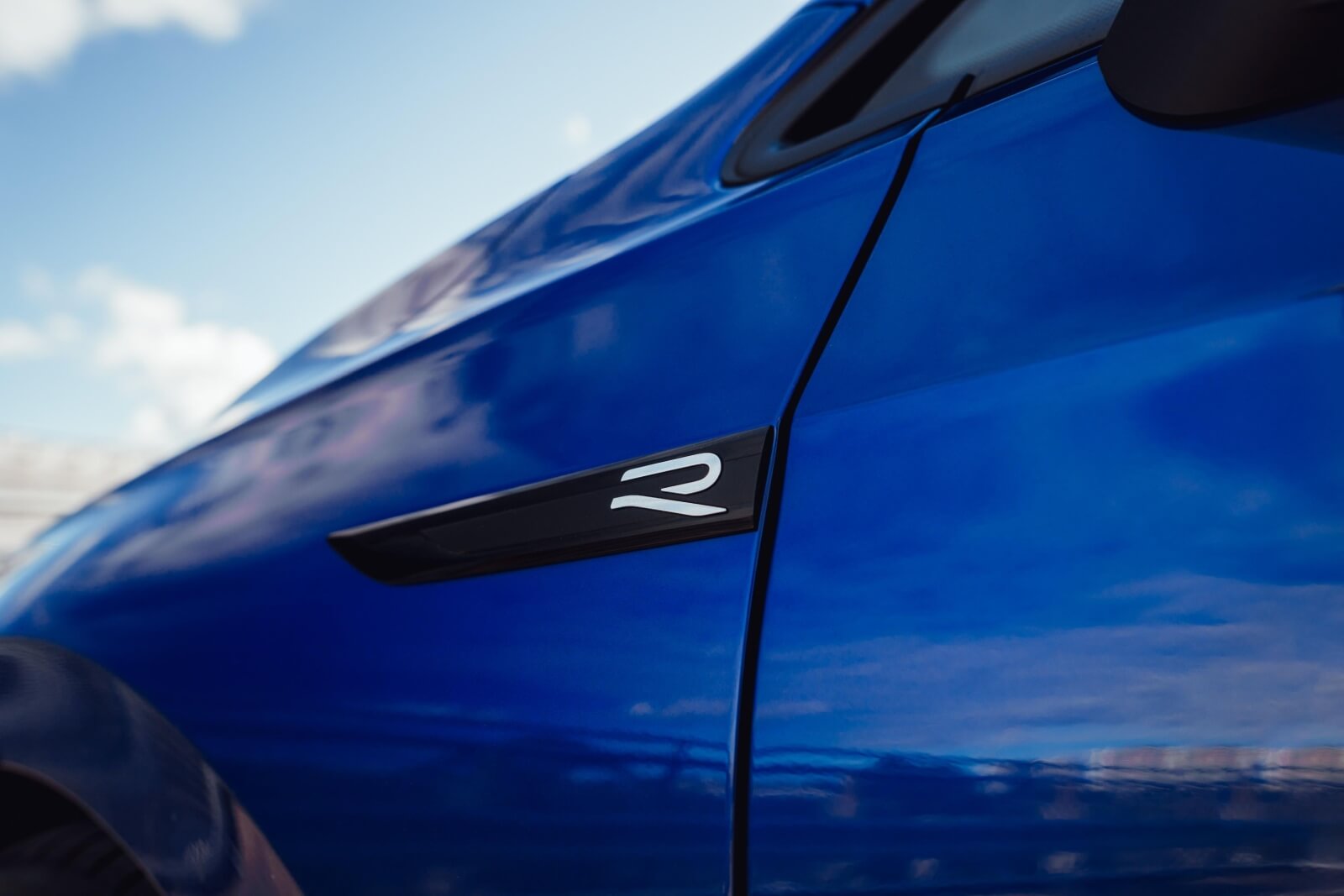
How does the Volkswagen Golf R Wagon drive?
The new Golf R is certainly not a sterile experience. The 8th generation model is arguably the most engaging, refined, and driver-focused Golf R to date.
While most buyers might favor the hatchback, those looking for significantly more cargo room will not be disappointed with the R experience in the wagon format. In fact, many argue that it's the best of both worlds. Not only does its performance come as a pleasant surprise, packaged in a traditional long-roof format, but the wagon version also benefits from a higher-output engine tune than the hatchback model.
Although both versions produce the same 235kW of power, the wagon boasts 420Nm of torque, surpassing the hatchback's 400Nm. The hatchback's older tune, without a petrol particulate filter, isn't made for the more niche wagon, which is why it's recommended to use 98-octane fuel.
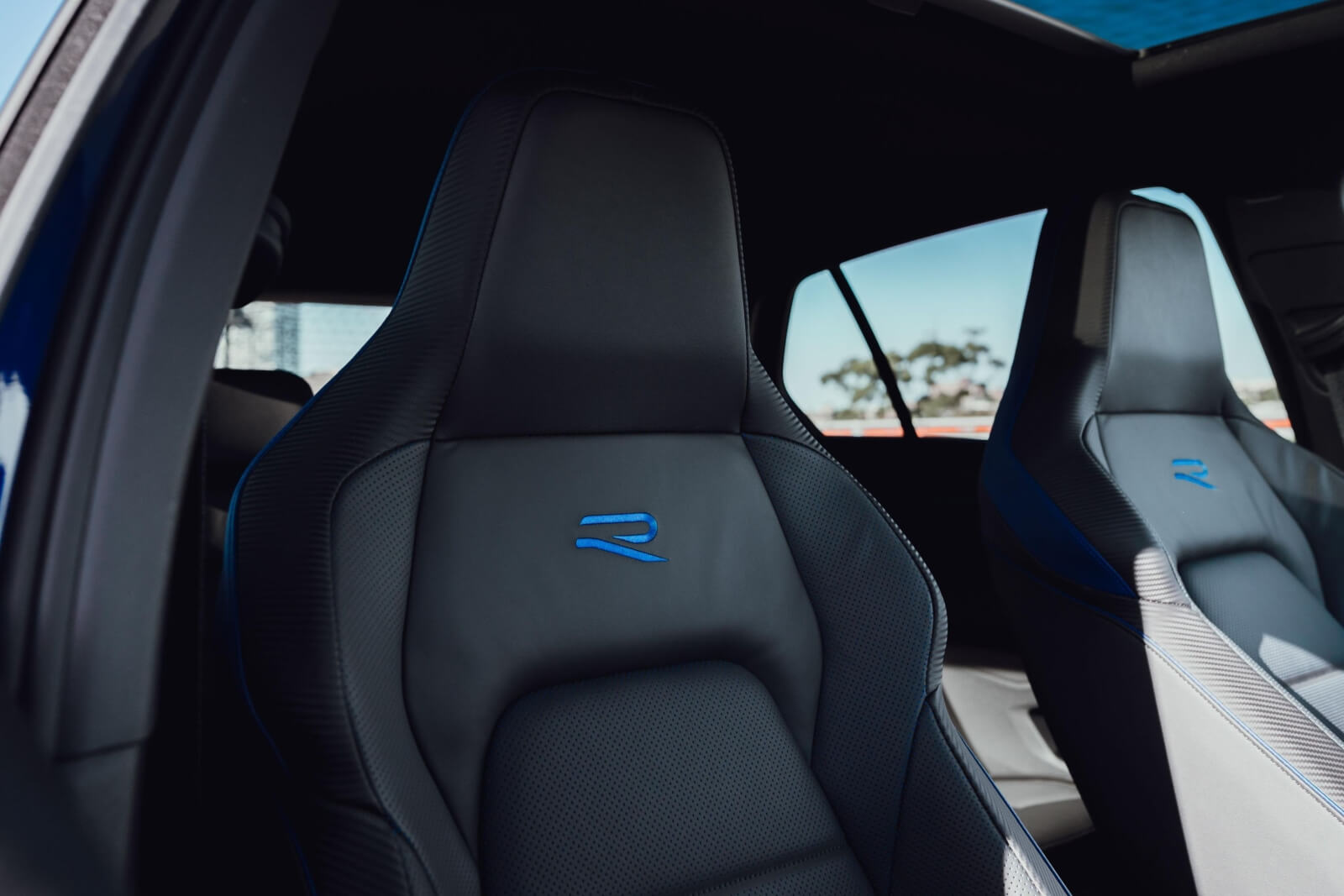
Power is delivered to all four wheels via VW’s seven-speed ‘Direct Shift Gearbox’, or DSG, a dual-clutch automatic transmission. The 4Motion all-wheel-drive system, featuring a new torque-vectoring rear differential, can send 100% of the available 420Nm to the rear wheels in the right driving mode (Drift mode), and potentially direct the entire rear torque load to a single wheel.
Australian versions also come standard with the R Performance pack, which includes Drift and ‘Special’ drive modes and 19-inch Estoril alloys. Despite amusing crackles, the exhaust sound remains somewhat uninspiring, prompting many buyers to add aftermarket systems to better highlight the sounds of the EA888 engine and DSG pairing.
While the engine is highly effective and more energetic in this new generation, the true star here is the Golf R's chassis. Volkswagen's top engineers from the R division have achieved a perfect balance between ride comfort, body control, and agile handling.
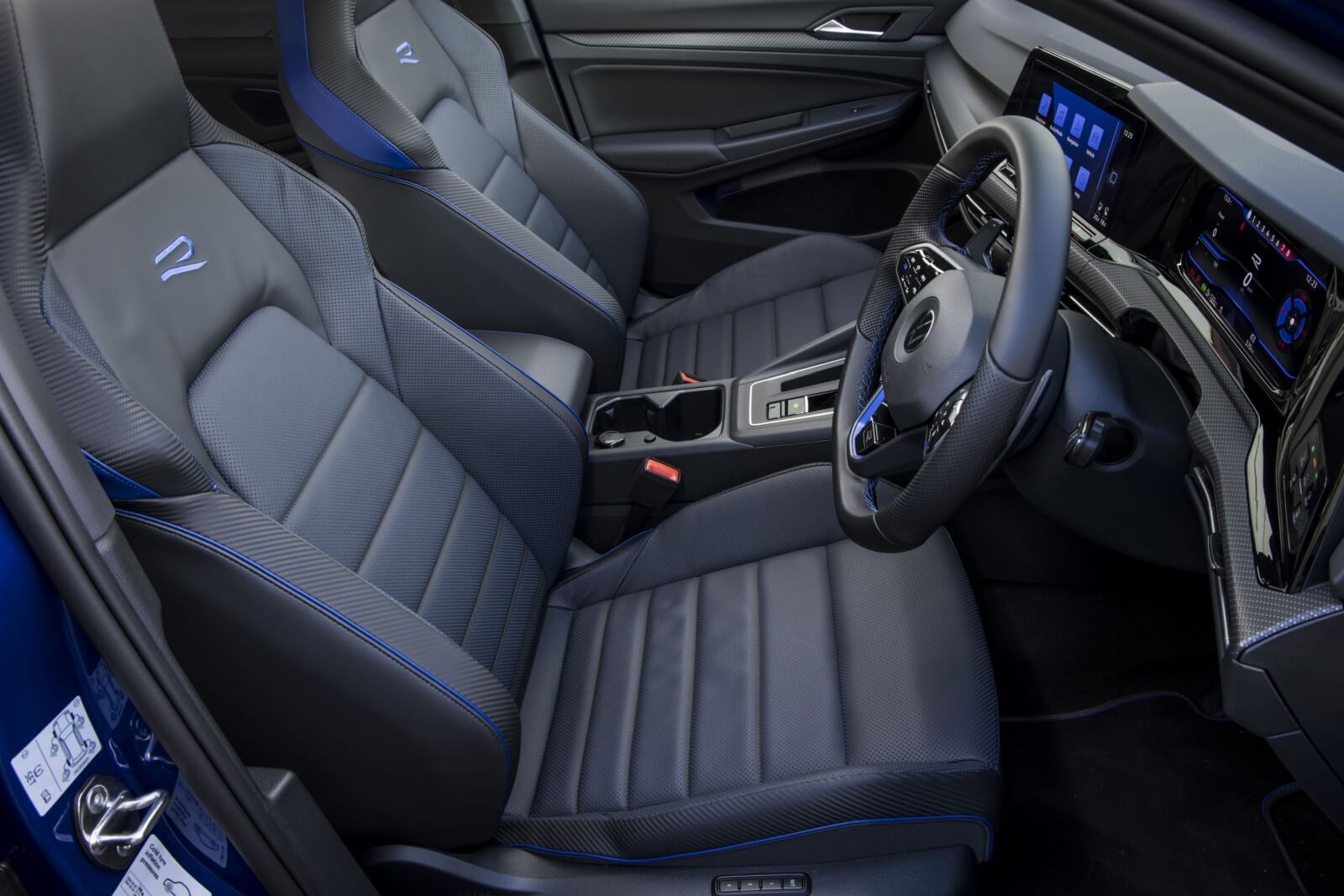
The replacement of the Mk 7.5’s flawed three-stage adaptive dampers with Volkswagen’s new-generation 15-stage dynamic chassis control has made a significant difference. The previous model was excessively boaty in comfort mode but excessively stiff in sport mode. The new settings allow users to find their 'goldilocks' damping setting without needing bespoke, in-country suspension tunes.
Just as with the Golf GTI, we found that one stage to the ‘sport’ side of comfort, essentially one-third hardness, achieved an outstanding ride/handling balance in the Golf R wagon. It's more controlled than the straight 'comfort', without any sharpness. While the suspension tune remains firm overall, it's an expected characteristic of a Volkswagen R product.
The Mk 8, unlike the Mk 7.5, now maintains exceptional body control at a more relaxed damper setting, allowing the car greater bump compliance due to extended spring travel. This is an impressive feat that showcases Volkswagen’s depth of engineering talent – a clear message that it remains a force to be reckoned with.

Selectable Drive modes dramatically alter the characteristics of the Golf R Wagon. In Comfort mode, everything feels akin to a regular Golf. Sport mode injects some liveliness into the mix, while Race mode takes it up another notch, with a sharper engine note and more revs between gear changes. The suspension also firms up significantly. Despite this, Sport mode is still comfortable enough for daily urban driving.
Nestled within the Drive modes is ‘Special’. This mode is specifically engineered for the Nürburgring Nordschleife. While this mode heightens everything to robust levels, it leaves the adaptive dampers in their comfort settings, which Volkswagen claims is due to the Nordschleife’s unique track characteristics.
For those who want to personalize their driving experience, Individual mode allows users to select any setting they want for all parameters, meaning you could have Comfort suspension with Sport engine, and Race steering, as example.
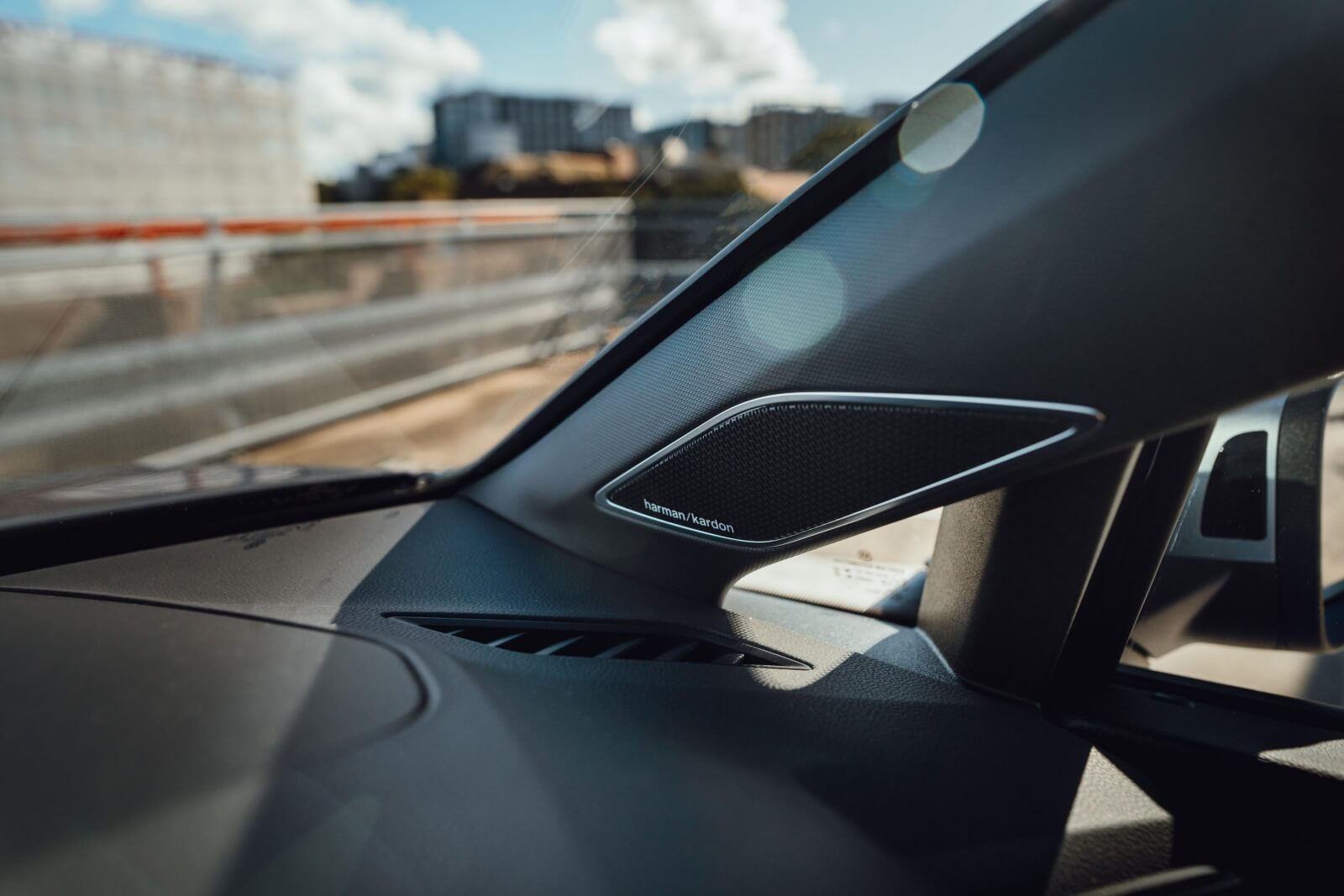
What is the Volkswagen Golf R Wagon like on the inside?
The interior of the Golf R Wagon presents an impressive exercise in minimalistic design. Largely free of any excess switches or controls, the overall appearance is neat, uncluttered, offering an invigorating, purposeful atmosphere – a clear indication that this is a vehicle crafted for drivers rather than serving as a roving entertainment hub.
Comfort starts with the leather seats, exquisitely upholstered in rich nappa leather that is pleasing to the senses in terms of look, feel, and even smell. The seats offer commendable support, including well-crafted side bolsters. Although the under-thigh support could be marginally improved, the seats are overall inviting and feel well-prepared for any adventure. The comfort is enhanced with both heating and cooling features.
The cabin is filled with high-quality materials, including a substantial presence of soft-touch, yielding surfaces.

Commanding attention is the 10-inch touchscreen, subtly angled towards the driver, seamlessly merging with a 10.25-inch digital instrument cluster, designed specifically for R models.
The gently curved 10-inch color touchscreen, acting as the hub for Volkswagen's infotainment system, comes loaded with wireless Apple CarPlay and Android Auto, along with inbuilt satellite navigation, a necessity for a car with a price tag exceeding $70K. Volkswagen has also recently incorporated DAB+ digital radio as a standard feature.
The 10.25-inch digital driver display can be described as a marvel, offering customization to cater to individual preferences. Regardless of how you choose to arrange the display, all vital driving information remains easily accessible. In my personal taste, I prefer conventional (albeit digital) dials flanking a speed read-out that is lucid and straightforward to read.

The steering wheel, sheathed in leather with contrast R signature blue stitching, has a substantial feel and gives a comforting grip. To add to the comfort, it comes with three-stage heating – a feature greatly appreciated during winter test drives.
The steering wheel houses large, performance-oriented paddle-shifters, despite their slightly inexpensive, plastic feel. Their enlarged, user-friendly dimensions are a welcome feature.
Storage options include a compact compartment in the center stack suitable for small items like phones, keys, wallets, and more. Two cup holders further extend the storage options in the center console, and the door pockets, designed to hold bottles, are lined with felt to prevent bothersome rattles.
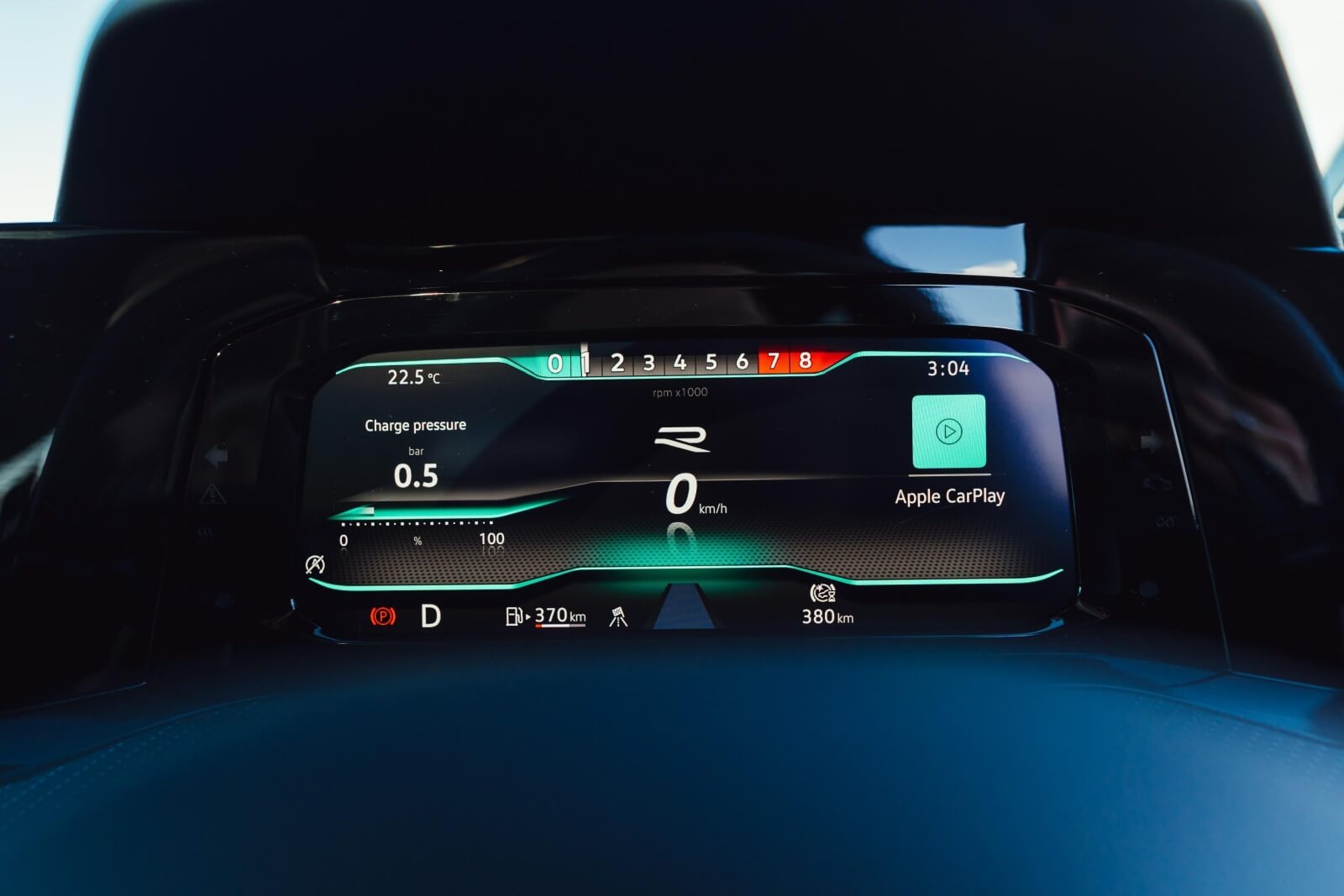
The remaining center console space is occupied by a short, stubby gear lever, buttons for auto hold, electronic park brake, engine stop-start, and a wireless charging pad for smartphones. No more, no less.
The overall design is crisp, uncluttered, and straightforward.
The R Wagon's air vents, subtly integrated across the width of the dashboard, deserve special mention. They remain unobtrusive, a welcome change from many designs where air vents can dominate the dash, often unappealingly.
The interior is bathed in adjustable ambient lighting, allowing you to set the mood from a range of colors – we chose a sporty red, because why not?
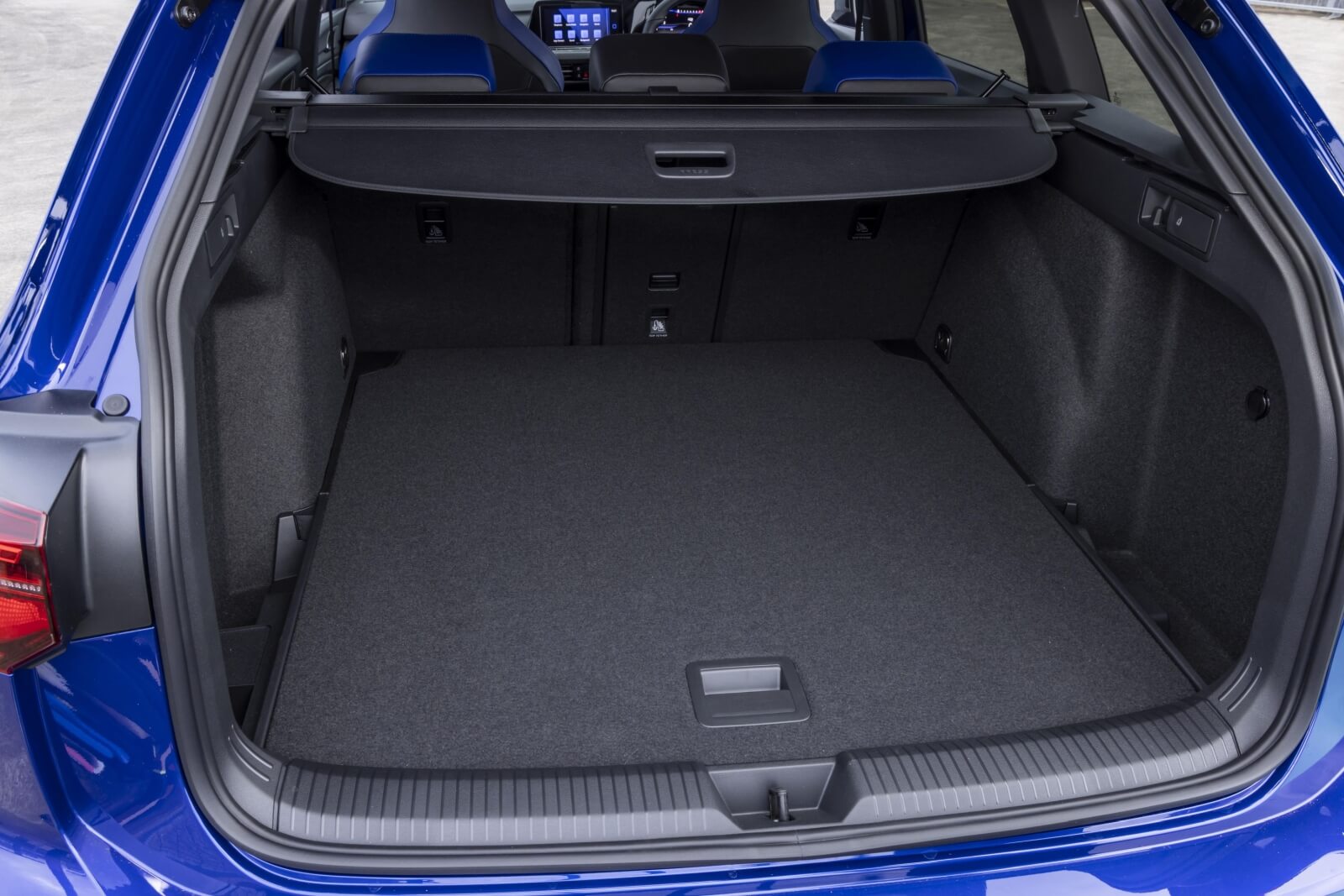
The second row of the wagon is less spacious than one might anticipate. While the space behind my 173cm driving position is perfectly acceptable, taller individuals may find it cramped. While the back seats are comfortable, they're slightly firmer than the front seats.
The presence of a large transmission tunnel compromises foot space. However, the back row features separate climate controls as part of the R’s tri-zone system and two USB-C ports to keep devices charged. The door pockets, while not as spacious as the front ones, are also felt-lined.
The front seat backs feature lower map pockets and upper smaller pockets perfect for smartphones or wallets, adding convenience. A fold-down armrest offers additional cup holders and a
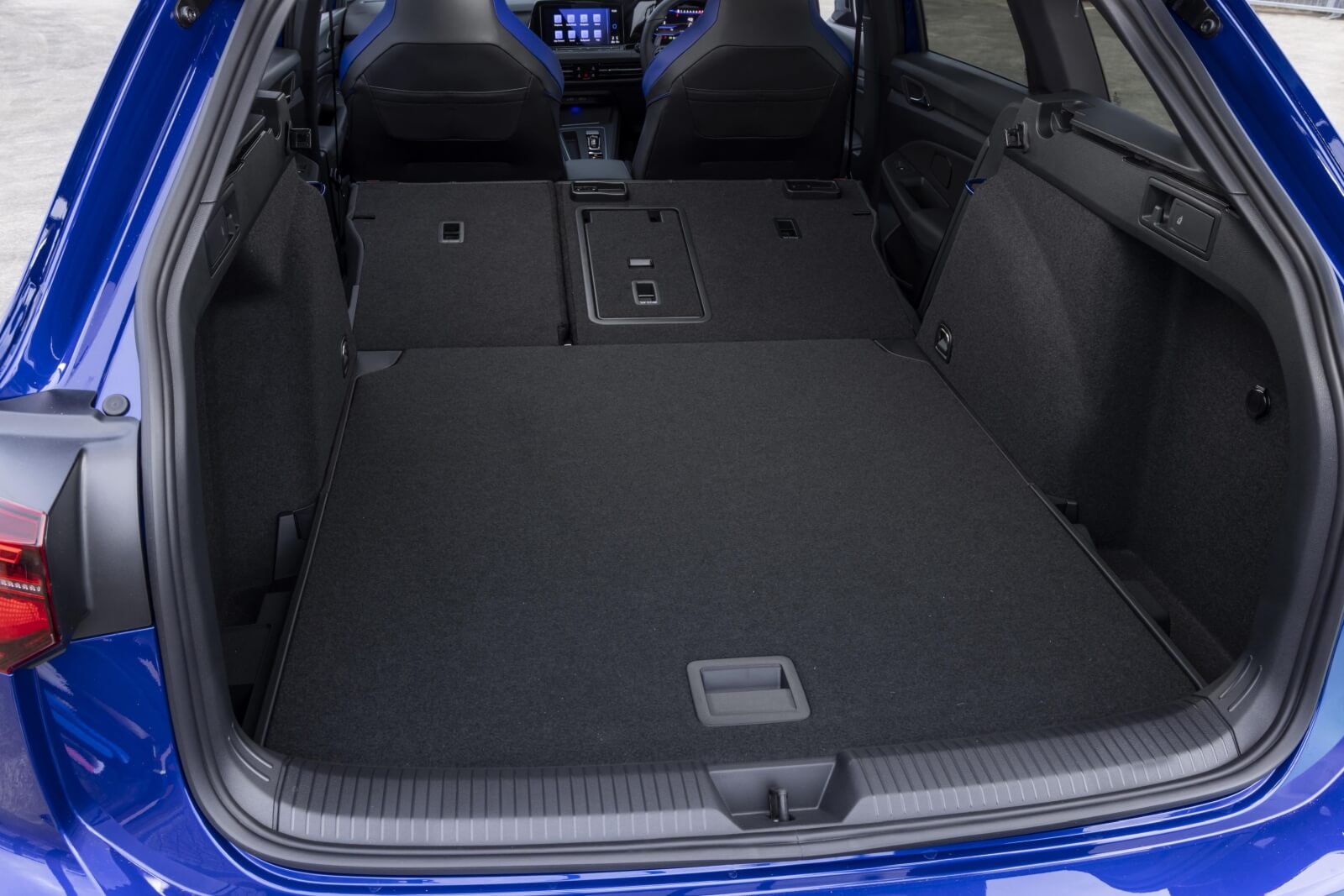
Is the Volkswagen Golf R Wagon safe?
The Mk8 Volkswagen Golf holds a five-star ANCAP safety ranking, based on Euro NCAP assessments conducted in 2019.
In the specific sectors of crash and safety examinations, the Golf achieved the following scores:
Adult occupant protection: 95%
Child occupant protection: 89%
Protection for vulnerable road users: 76%
Safety assistance: 80%
The standard package comes with eight airbags – inclusive of dual front, front-side, rear-side, and side curtain airbags.
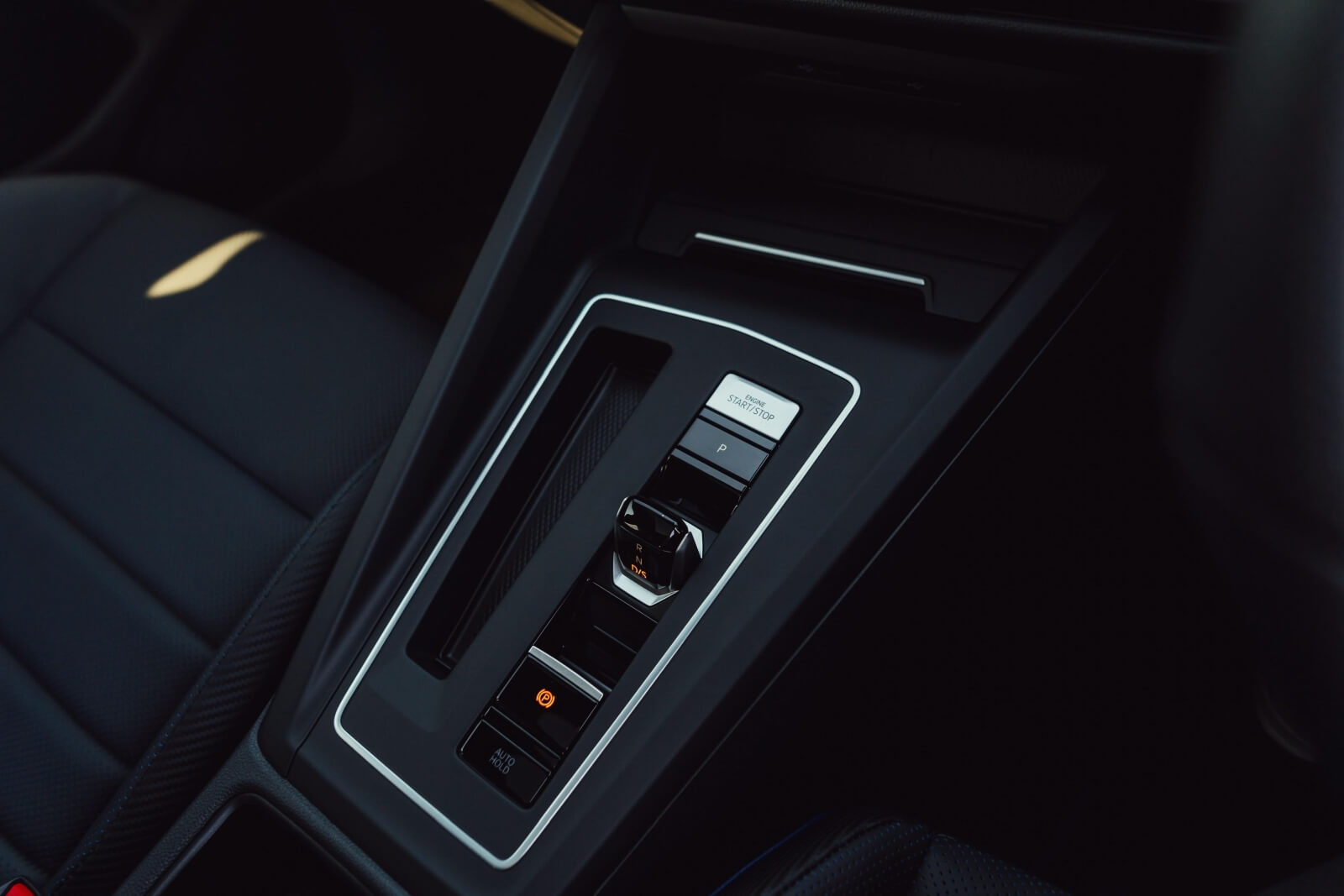
Standard assistance features include:
Autonomous emergency braking
Pedestrian and Cyclist detection
Junction assist
Adaptive cruise control with stop/go
Traffic Jam Assist
Travel Assist
Adaptive cruise + lane centring
Blind-spot assist
Rear cross-traffic alert
Lane-keep assist
Exit warning
Manoeuvre braking
Tyre pressure monitoring
Driver fatigue detection

How much does the Volkswagen Golf R Wagon cost to run?
Volkswagen Australia provides a standard five-year/unlimited km warranty for the Golf R Wagon, with service visits mandated every 12 months or every 15,000km, whichever arrives sooner.
Purchasers can opt for a Volkswagen care plan to save some expenses. At $3000, the plan covers the first five years/75,000km of servicing, averaging out to $600 annually.
Volkswagen's claim puts the hot wagon's fuel consumption at 7.4 litres per 100km of 98 RON premium unleaded. However, actual fuel consumption can vary significantly depending on your driving style. During our test drives, we saw an indicated 8.0L/100km, and this included some spirited driving in the R’s higher-consumption drive modes. Quite impressive indeed.
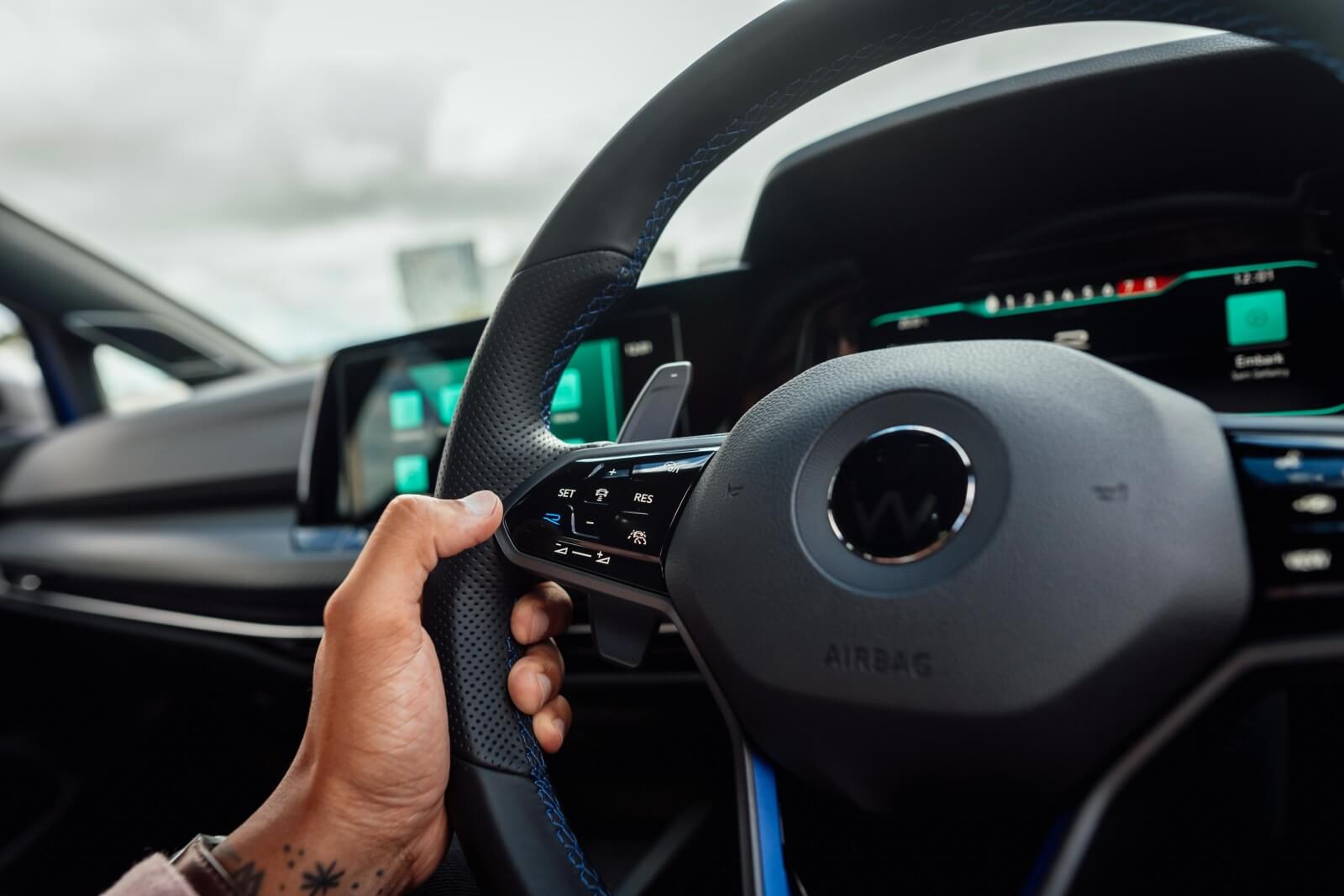
Yeecar’s Take on the Volkswagen Golf R Wagon
Numerous reviews have been written about the Mk 8 Volkswagen Golf, but a week spent with the top-tier 235kW R estate has reinforced for our test team why this vehicle stands as one of the best all-rounder performance purchases under $100,000.
The Golf R Wagon exhibits a more understated demeanor compared to the hatchback version, artfully concealing its true performance nature. Those seeking a family station wagon with the fierce temperament of the Golf R hatch may need to explore other options.
However, for those who appreciate a less flashy approach to performance motoring, the Golf R Wagon is a perfect match.
While there are minor criticisms, primarily within the cabin, in terms of value for performance, the 2023 Volkswagen Golf R Wagon not only meets but surpasses expectations.
The Golf R wagon may see further improvements in the next 18-24 months when a facelift is slated to address some of the overambitious cabin tech.
Regardless, we're fans of this wagon as it stands. We could happily live with it and wholeheartedly endorse it.

